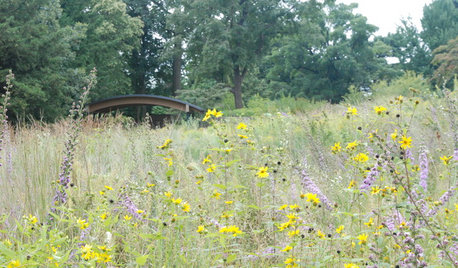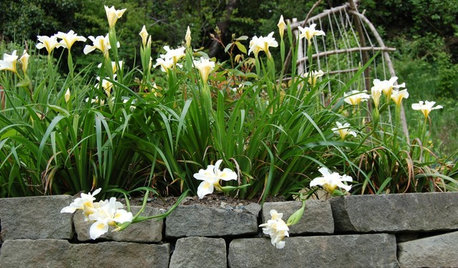Cultivar Identification
sunnyborders
10 years ago
Related Stories

GARDENING GUIDESHow to Find the Right Plants for Your Garden
Break free from choosing plants by cold-hardiness zones for a beautiful landscape that thrives year-round
Full Story
GARDENING GUIDESTop 10 Native Plants for the Pacific Northwest
More than just gorgeous and adaptable, these standout plants convey a sense of place
Full Story
PLANTING IDEASGreat Garden Combo: 5 High-Intensity Plants for High-Intensity Sun
Blend bold foliage and flowers to create a powerful combination that will hold its own even in the harsh light of midsummer
Full Story






iris_gal
sunnybordersOriginal Author
Related Professionals
Arnold Landscape Architects & Landscape Designers · Beachwood Landscape Architects & Landscape Designers · Edmond Landscape Contractors · Anderson Landscape Contractors · Wilmington Landscape Contractors · Bellefontaine Neighbors Landscape Contractors · Clayton Landscape Contractors · Fountain Valley Landscape Contractors · Hilo Landscape Contractors · Las Vegas Landscape Contractors · Mission Landscape Contractors · Natick Landscape Contractors · Rockland Landscape Contractors · Sun City Center Landscape Contractors · Thornton Landscape Contractorsiris_gal
sunnybordersOriginal Author
iris_gal
sunnybordersOriginal Author
iris_gal
sunnybordersOriginal Author
cherry63